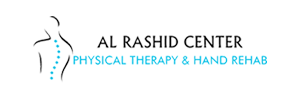Unit Testing:—The programmers conduct unit testing during the development phase. Programmers can test their specific functionality individually or with other units. However, unit testing is designed to test small pieces of functionality rather than the system as a whole. This allows the programmers to conduct the first round of testing to eliminate bugs before they reach the testing staff.
System Testing:—The system is tested as a complete, integrated system. System testing first occurs in the development environment but eventually is conducted in the production environment. Dedicated testers, project managers, or other key project staff performs system testing. Functionality and performance testing are designed to catch bugs in the system, unexpected results, or other ways in which the system does not meet the stated requirements. The testers create detailed scenarios to test the strength and limits of the system, trying to break it if possible. Editorial reviews not only correct typographical and grammatical errors, but also improve the system’s overall usability by ensuring that on-screen language is clear and helpful to users. Accessibility reviews ensure that the system is accessible to users with disabilities.
Acceptance Testing:—The software is assessed against the requirements defined in the system requirements document. The user or client conducts the testing in the production environment. Successful acceptance testing is required before client approval can be received.
Apart from it, we provide different testing services, based on the application/software:
- Certification Testing
- Security And Privacy Testing
- Authentication
- Integration Testing
- Performance Testing
- Stress Testing
- Load Testing
- Regression Testing
- Usability Testing











